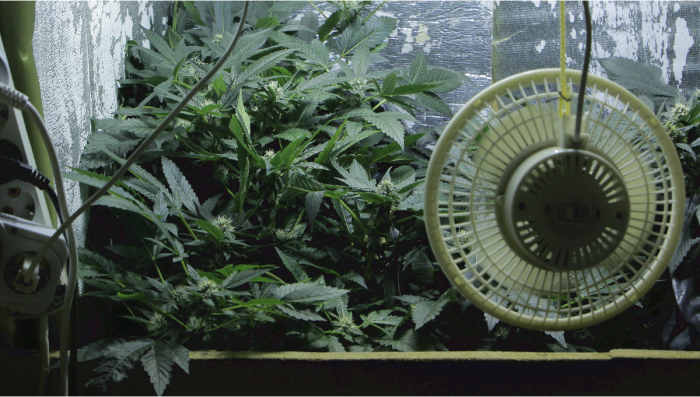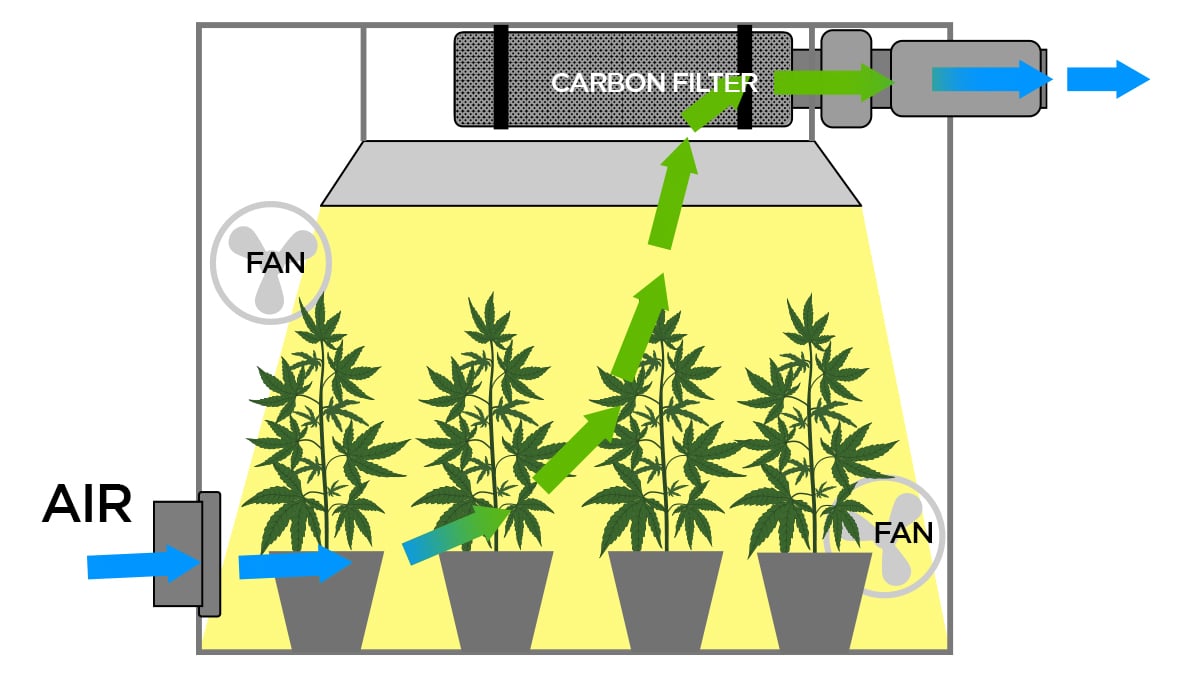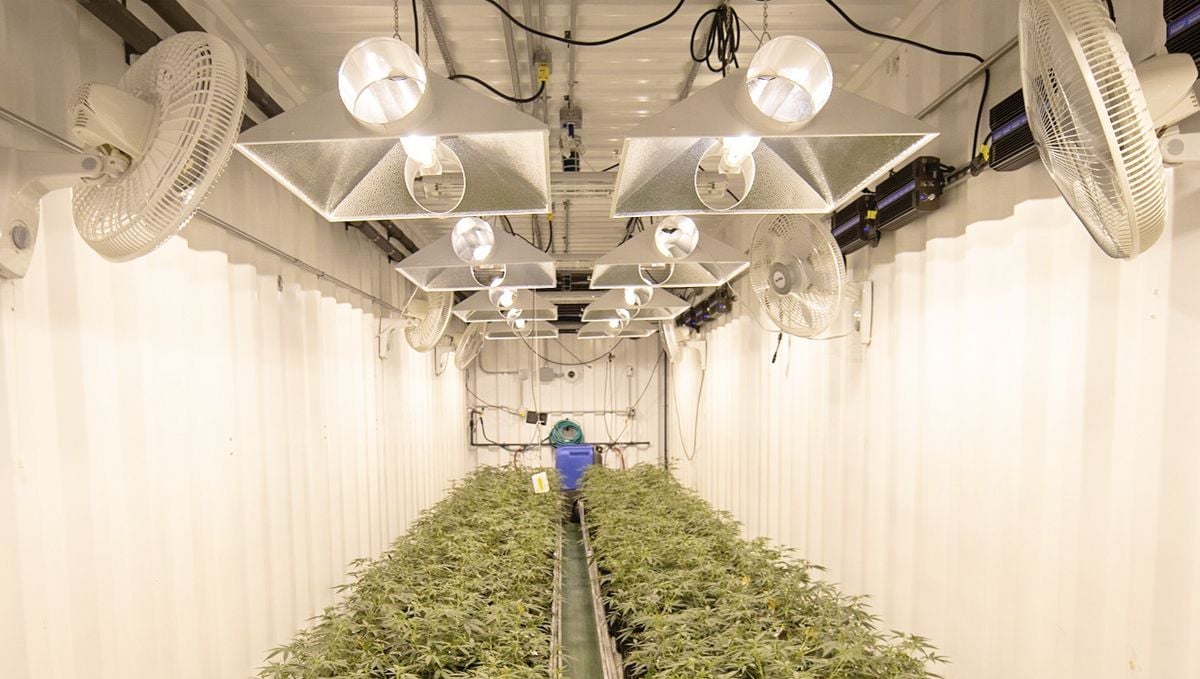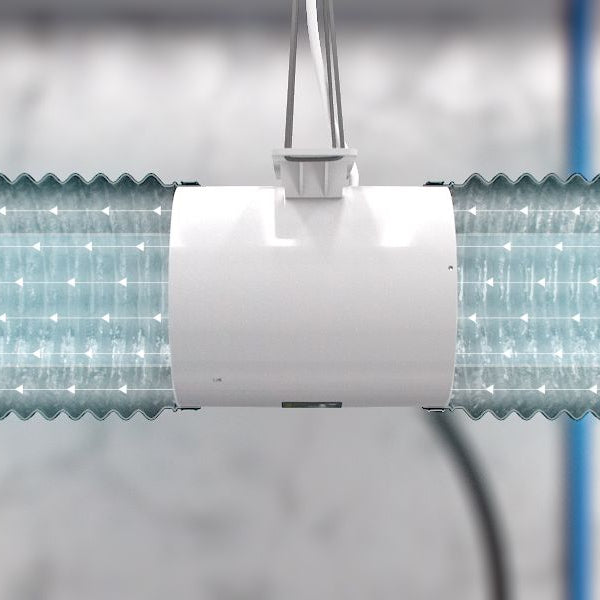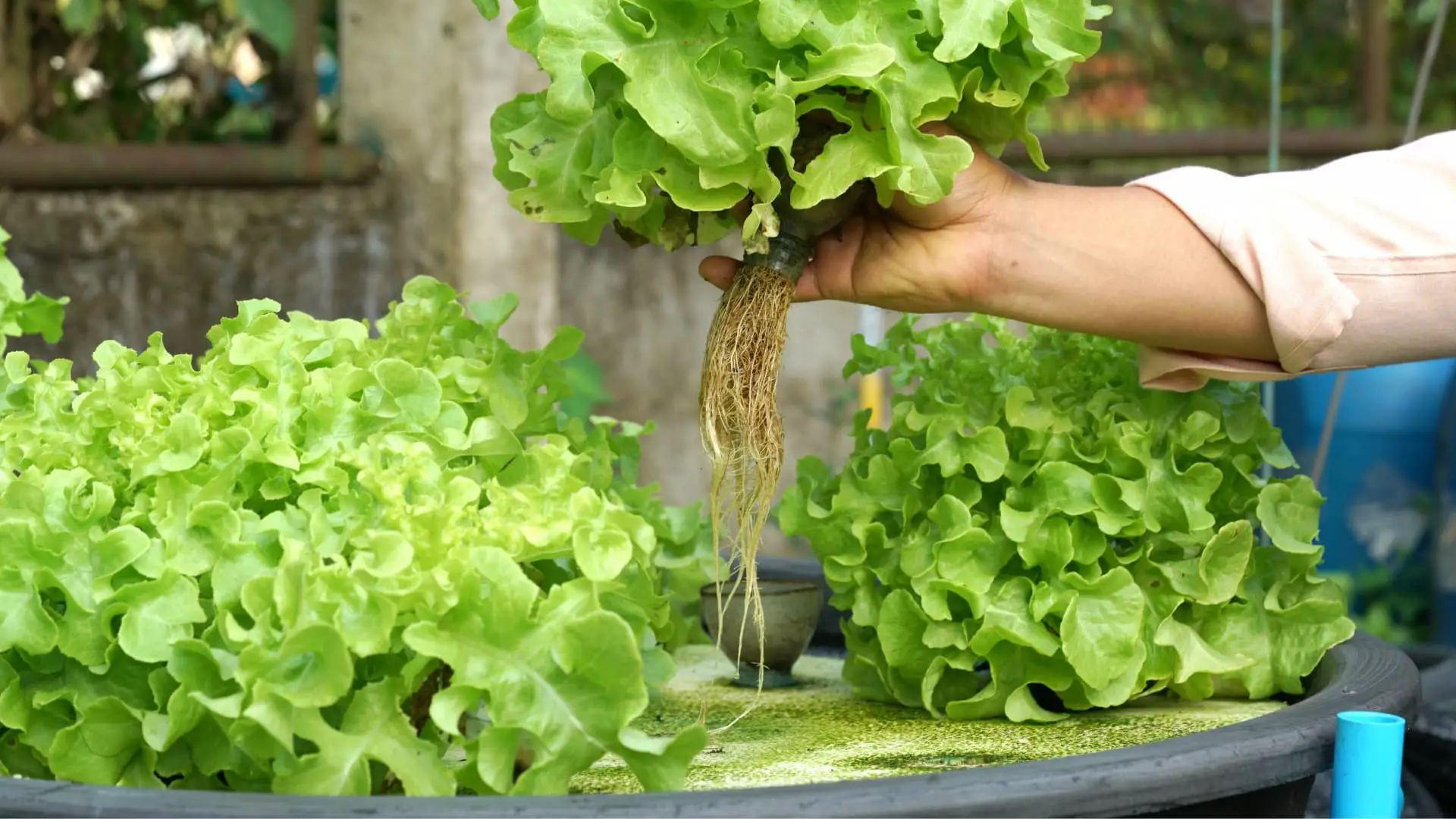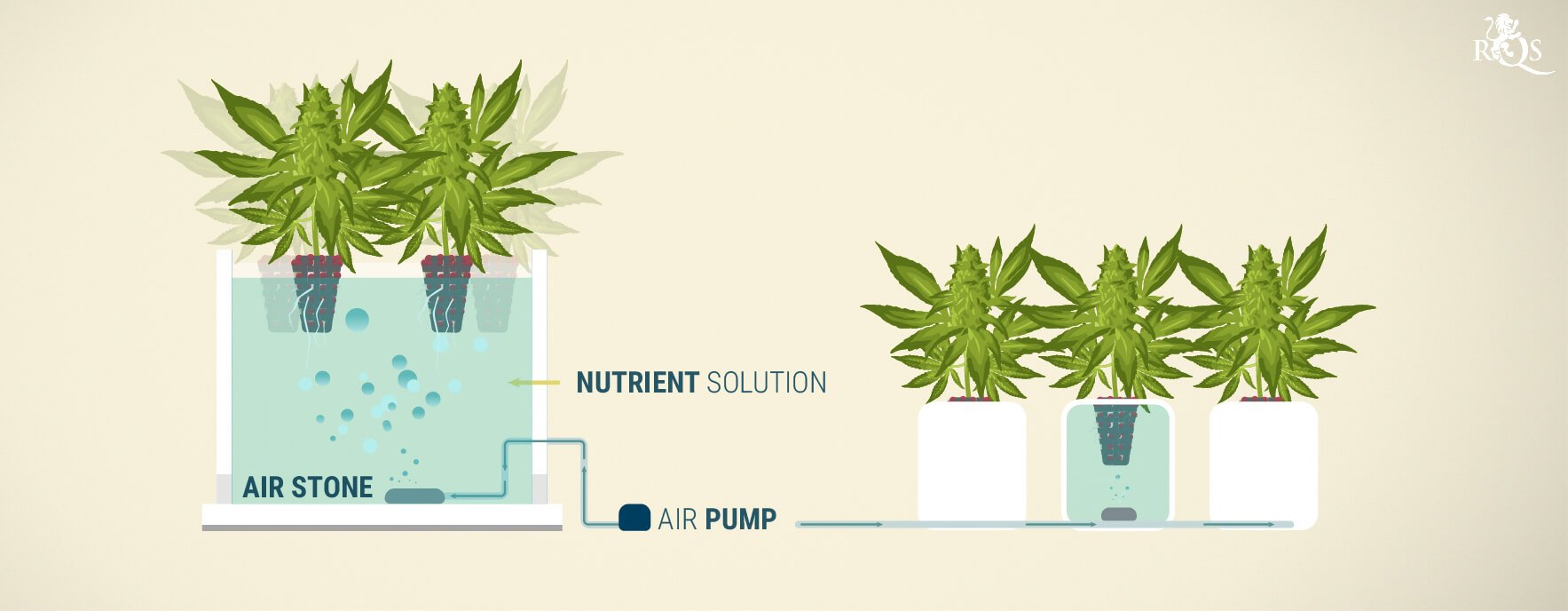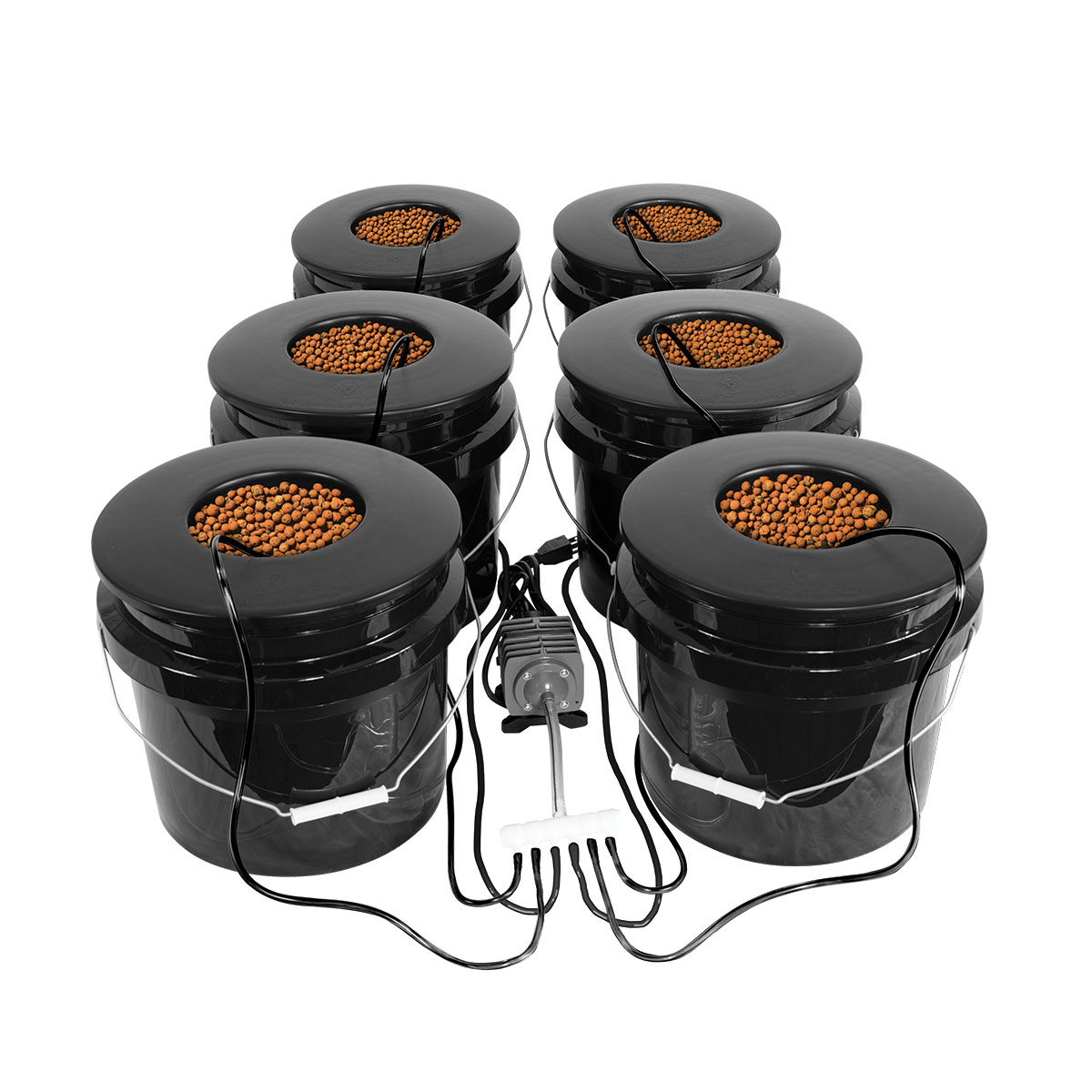Growing plants in a 3×3 grow tent can be an incredibly rewarding experience. Not only do you get to watch your plants flourish, but you also get the added benefit of controlling their environment for optimal growth. But how many plants should you put in your 3×3 grow tent?
The answer isn’t as straightforward as it may seem. The number of plants that will thrive and produce the best harvests depends on several factors, such as plant placement, light intensity and ventilation levels.
In this article we will explore all these elements to help determine the ideal number of plants for a 3×3 grow tent so that you can maximize your yield while getting the most out of your space. We’ll look at optimal plant placement strategies, growing tips and more to ensure success with every harvest!

When it comes to setting up a grow tent, one of the most important decisions to make is how many plants you will be growing. A 3×3 grow tent is an ideal size for those looking to get started with indoor gardening and can accommodate a variety of different plant types.
The number of plants that can fit in a 3×3 grow tent depends on several factors, including the type and size of the plants being grown, as well as the amount of light available. For example, if you are growing smaller varieties such as herbs or lettuce then you could easily fit up to 24 individual pots in your 3×3 space without overcrowding them. On the other hand, larger plants like tomatoes may require more room so fewer would be able to fit into this area comfortably.
In terms of lighting requirements for your setup, LED lights are becoming increasingly popular due their energy efficiency and long lifespan compared with traditional fluorescent bulbs or HID lights (High Intensity Discharge). Depending on what type and strength LED light you choose will determine how many hours per day they need to be switched on for optimal growth conditions; however generally speaking 8-12 hours should suffice depending on your specific needs. When considering lighting options it’s also important not forget about ventilation which helps keep temperatures consistent within your space while also removing any excess moisture from humid air – both essential elements when cultivating healthy crops indoors!
Finally when deciding how many plants should go inside a 3×3 grow tent its worth bearing in mind that overcrowding can lead problems such as increased competition between neighboring roots systems resulting in stunted growth or even disease outbreaks – something no gardener wants! Therefore its best practice where possible leave some extra room around each pot so that there’s plenty airflow circulating throughout all areas ensuring everyone gets enough nutrients from soil/water sources without having compete against each other too much!
Maximize Your Yield: How Many Plants in a 3×3 Grow Tent?
Maximizing your yield is a key goal for any grower, and one of the most important decisions you can make to achieve this is deciding how many plants to put in your 3×3 grow tent. The number of plants you choose will depend on several factors, including the type of strain being grown, available space within the tent, and desired yield.
When it comes to choosing how many plants are best suited for a 3×3 grow tent, there are two main approaches: growing fewer larger plants or more smaller ones. Growing fewer large plants requires less maintenance but may not produce as much overall yield compared with multiple smaller ones. On the other hand, having more small-sized plants allows for greater control over individual plant growth and higher yields overall due to increased light exposure per plant; however this also means that each plant needs more attention from growers in order to ensure optimal results.
Ultimately it’s up to each individual grower’s preference when deciding how many plants should be placed into their 3×3 tents; however some general guidelines can help point them in the right direction depending on their goals and resources available. For example if maximum yields are desired then 4-6 medium sized (2ft) or 8-10 small (1ft) would be ideal whereas if low maintenance is preferred then 2-4 large (4ft+) might be better suited instead. Additionally keep in mind that overcrowding should always be avoided as this could lead to stunted growth or even death among weaker specimens due lack of air circulation within confined spaces like tents!

Grow Bigger, Better Harvests: Plant Count for a 3×3 Tent
Growing bigger and better harvests in a 3×3 tent can be achieved by understanding the ideal plant count for your grow space. The number of plants you choose to grow will depend on the size of your tent, as well as the type of crop you are growing. Knowing how many plants to place in a 3×3 tent is essential for achieving maximum yields with minimal effort.
When it comes to selecting the right number of plants, there are several factors that need to be taken into consideration including light intensity, air circulation, and nutrient availability. For example, if you’re using high-intensity lighting such as HID or LED lights then fewer plants may be needed due to higher light intensity levels. On the other hand, if you’re using lower-intensity lighting such as fluorescent bulbs then more plants may be necessary since they require less light per square foot than their counterparts do.
It’s also important to consider air circulation when determining how many plants should go in a 3×3 tent; too few or too many can lead to poor ventilation which can cause issues like mold growth and pest infestations down the line. Generally speaking though, most growers recommend placing two or three medium sized (2–4 feet tall) cannabis strains within a single 3×3 grow space for optimal results – this allows enough room between each plant so that they don’t compete with one another while still providing adequate airflow throughout all areas of your garden setup!
Ultimately though it’s up to each individual gardener what works best for them based on their own unique needs; some people prefer larger numbers while others opt for smaller ones depending on their goals and resources available at any given time – either way having an understanding about how many plants should go into a 3×3 tent is key when trying achieve bigger better harvests!
Optimal Plant Placement in a 3×3 Grow Tent
When it comes to optimal plant placement in a 3×3 grow tent, there are several factors to consider. The size of the plants, the type of lighting used and the amount of airflow all play an important role in determining how many plants can be placed inside.
The first step is to determine what size your plants will be at maturity. This will help you decide how much space each one needs for proper growth and development. If you have smaller plants that require less space, then more can fit into a 3×3 grow tent than if larger ones were chosen instead.
Next, consider what type of lighting system you’ll use for your indoor garden setup as this also affects how many plants can fit inside a 3×3 grow tent comfortably. For example, LED lights provide more intense light coverage compared to fluorescent bulbs which may allow for fewer but larger sized plants within the same area due to their higher light output per square foot ratio.
Finally, make sure that adequate airflow is provided throughout your indoor garden setup as well since this helps keep temperatures regulated and prevents humidity from becoming too high or low which could lead to problems with pests or disease affecting your crop yield negatively over time if not addressed properly early on in its growth cycle stages. With these three key points taken into consideration when planning out optimal plant placement within a 3×3 grow tent environment – size , lighting , & ventilation -you should be able to get an idea about just how many individual specimens would work best given any particular situation!

Getting the Most Out of Your Space: Growing Tips for a 3×3 Tent
Maximizing the space in your 3×3 grow tent is essential for getting the most out of your plants. Here are some tips to help you get started:
- 1. Choose Your Plants Wisely – When it comes to growing in a 3×3 tent, selecting the right plants is key. Look for varieties that won’t get too big and will fit comfortably within the confines of your tent. This way, you can maximize yield without overcrowding or stressing out your plants.
- 2. Utilize Vertical Space – Don’t forget about vertical space! If you have tall enough ceilings, consider using trellises or other supports to help train and support taller varieties of plants as they grow upwards towards light sources like LED panels or HPS bulbs suspended from above.
- 3. Invest in Quality Lighting – Quality lighting is one of the most important investments when it comes to growing indoors – especially if you’re working with limited space like a 3×3 grow tent! Make sure that whatever type of lighting system you choose provides adequate coverage across all areas inside your tent so that each plant gets an equal amount of light energy throughout its growth cycle – this will ensure maximum yields come harvest time!
- 4. Keep It Clean & Organized– Finally, don’t forget about keeping things clean and organized inside your 3×3 grow tent at all times! This means regularly cleaning up any debris (such as dead leaves) which can accumulate over time; maintaining proper air circulation by opening vents/doors when needed; and ensuring there’s no buildup on walls/ceilings due to humidity levels being too high inside the environment itself (this could lead to mold growth). All these steps will go a long way towards helping keep everything running smoothly during each stage of plant development – from germination through flowering/harvesting stages alike!

The Right Number of Plants to Maximize Growth in your 3×3 Grow Tent
When it comes to maximizing growth in your 3×3 grow tent, the right number of plants is key. Too few and you won’t get the most out of your space; too many and you risk overcrowding. So how do you decide on the perfect amount?
The answer depends on a variety of factors, such as strain type, light intensity, ventilation system and nutrient availability. Generally speaking though, if you’re using high-intensity lighting (such as LED or HPS) then one plant per square foot should be enough for optimal growth. For lower intensity lighting (like fluorescent), two plants per square foot may be necessary to achieve maximum yields.
It’s also important to consider airflow when deciding how many plants to use in your 3×3 grow tent – good air circulation is essential for healthy plant development so make sure there’s plenty of room between each individual plant for adequate air flow! Additionally, ensure that all sides are well ventilated with fans or ducts so that temperatures remain consistent throughout the entire environment.
Finally, don’t forget about nutrient availability – depending on what kind of nutrients you’re using (liquid or powder form), it might be necessary to adjust fertilizer levels accordingly if more than one plant is present in a single area/square foot! This will help ensure that each individual receives its fair share without any competition from neighboring plants which could lead to stunted growth due lack resources being spread too thin across multiple individuals at once!
Overall then – when considering how many plants should go into a 3×3 grow tent – take into account factors like strain type & light intensity along with ventilation & nutrient availability before making any decisions regarding numbers! Doing this will help guarantee successful harvests while avoiding overcrowding issues down the line…
- What is a Greenhouse? – This article from Penn State University’s website provides information on what a greenhouse is, discussing its structure and the benefits of using one for growing plants. The article was published on April 14, 2015.
- How do I start an educational greenhouse at school? – Published on January 2, 2020, by Heidi Lindberg from Michigan State University Extension, this article guides you on how to start an educational greenhouse at a school, discussing the necessary steps and considerations to take into account.
- Greenhouse Vegetable Production – This article from New Mexico State University, published on January 1, 2022, focuses on greenhouse vegetable production, offering insights into the best practices for growing vegetables in a greenhouse setting.
from HydroponicHarmony https://hydroponicharmony.com/how-many-plants-in-a-3x3-grow-tent/






